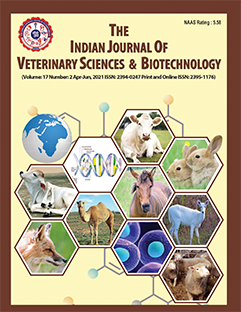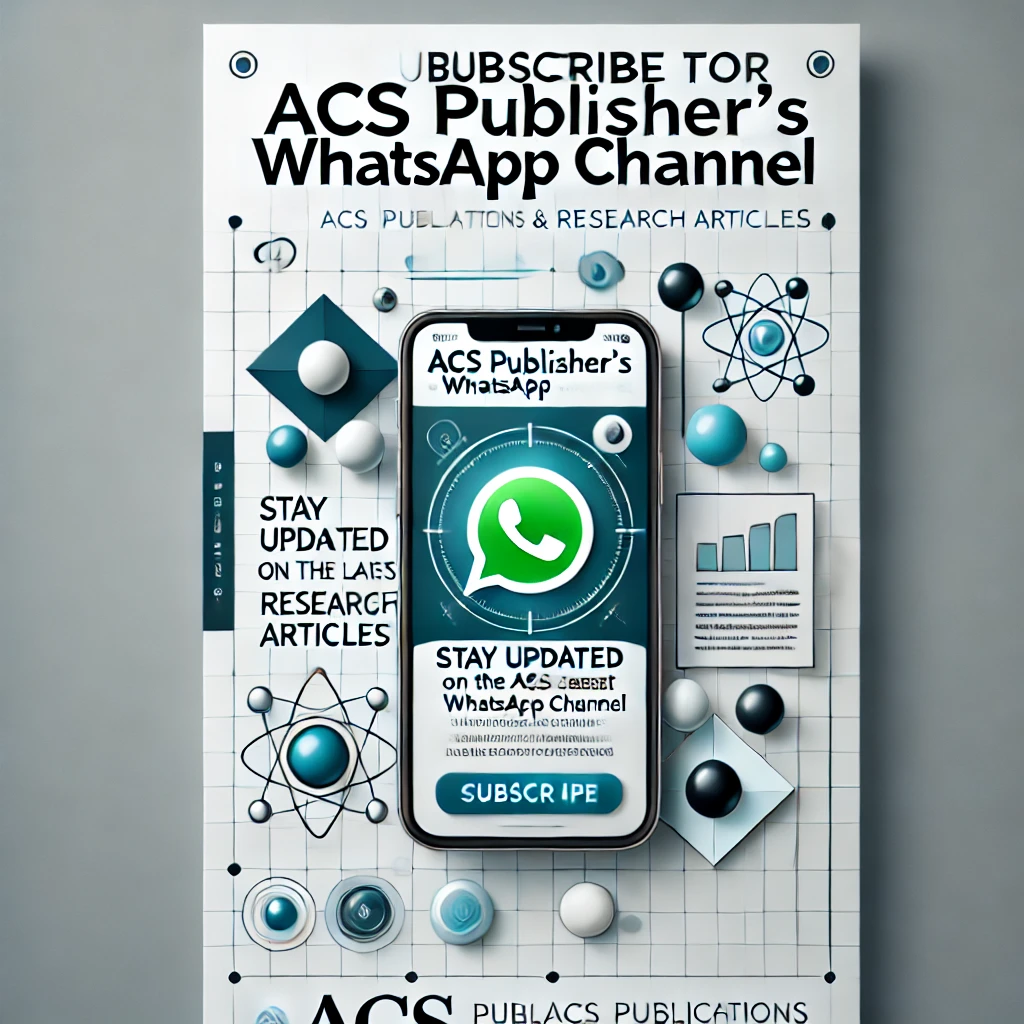Evaluation of Disc Diffusion Assay for Antifungal Susceptibility of Microsporum canis Strains of Animal Origin from India
DOI:
https://doi.org/10.48165/ijvsbt.21.3.25Keywords:
Animal, Antifungal agents, Disc diffusion, Microsporum canisAbstract
Dermatophytes are keratinophilic fungi that cause skin infections in both humans and animals. In the current study, 72 Microsporum canis isolates were tested for antifungal susceptibility to seven commercially available antifungal discs (HiMedia), which included clotrimazole (10 μg), amphotericin B (20 μg), nystatin (50 µg), miconazole (30 μg), itaconazole (30 μg), ketoconazole (30 μg), and fluconazole (10 μg). The disc diffusion method was used to assess the antifungal susceptibility of animal dermatophyte isolates. Among all tested isolates fluconazole showed the lowest zone of inhibition, and miconazole as well as clotrimazole were having the highest mean zone of inhibition in M. canis isolates. Although the disc diffusion assays are not frequently used, they will give initial insights into the effective antifungal drugs prior to starting treatment. Antifungal sensitivity testing should be the basis of treatment since dermatophytes are increasingly showing signs of drug resistance to antifungal drugs.
Downloads
References
Agarwal, R.K., Gupta, S., Mittal, G., Khan, F., Roy, S., & Agarwal, A. (2015). Antifungal susceptibility testing of dermatophytes by agar-based disk diffusion method. International Journal of Current Microbiology and Applied Sciences, 4(3), 430-436.
Begum, J., & Kumar, R. (2021). Prevalence of dermatophytosis in animals and antifungal susceptibility testing of isolated Trichophyton and Microsporum species. Tropical Animal Health and Production, 53, 1-8.
De Hoog, G.S., Dukik, K., Monod, M., Packeu, A., Stubbe, D., Hendrickx, M., & Gräser, Y. (2017). Toward a novel multilocus phylogenetic taxonomy for the dermatophytes. Mycopathologia, 182, 5-31.
Esteban, A., Abarca, M.L., & Cabañes, F. J. (2005). Comparison of disk diffusion method and broth microdilution method for antifungal susceptibility testing of dermatophytes. Medical Mycology, 43(1), 61-66.
Fernandez-Torres, B., Cabanes, F.J., Carrillo-Munoz, A.J., Esteban, A., Inza, I., Abarca, L., & Guarro, J. (2002). Collaborative evaluation of optimal antifungal susceptibility testing conditions for dermatophytes. Journal of Clinical Microbiology, 40(11), 3999-
4003.
Galuppi, R., Gambarara, A., Bonoli, C., Ostanello, F., & Tampieri, M.P. (2010). Antimycotic effectiveness against dermatophytes: comparison of two in vitro tests. Veterinary Research Communications, 34, 57-61.
Gnat, S., Łagowski, D., & Nowakiewicz, A. (2020). Major challenges and perspectives in the diagnostics and treatment of dermatophyte infections. Journal of Applied Microbiology, 129(2), 212-232.
Gupta, A.K., & Cooper, E.A. (2008). Dermatophytosis (Tinea) and other superficial fungal infections. In: Diagnosis and Treatment of Human Mycoses. Totowa, NJ: Humana Press, pp. 355-381.
Hsiao, Y.H., Chen, C., Han, H.S., & Kano, R. (2018). The first report of terbinafine resistance Microsporum canis from a cat. Journal of Veterinary Medical Science, 80(6), 898-900.
Hubka, V., Peano, A., Cmokova, A., & Guillot, J. (2018). Common and emerging dermatophytoses in animals: well-known and new threats. Emerging and Epizootic Fungal Infections in Animals, 1st Edition, Pp: 31-79.
Khadka, S., Sherchand, J.B., Pokhrel, B.M., Dhital, S., Manjhi, R., & Rijal, B. (2017). Antifungal susceptibility testing of dermatophytes by agar based disk diffusion assay in Tertiary Care Hospital, Nepal. Microbiology Research Journal International, 19(2), 1-5.
Nweze, E.I., Mukherjee, P.K., & Ghannoum, M.A. (2010). Agar based disk diffusion assay for susceptibility testing of dermatophytes. Journal of Clinical Microbiology, 48(10), 3750- 3752.
Pasquetti, M., Min, A.R.M., Scacchetti, S., Dogliero, A., & Peano, A. (2017). Infection by Microsporum canis in paediatric patients: A veterinary perspective. Veterinary Sciences, 4(3), 46.
Ramaraj, V., Vijayaraman, R.S., Rangarajan, S., & Kindo, A.J. (2016). Incidence and prevalence of dermatophytosis in and around Chennai, Tamilnadu, India. International Journal of Research in Medical Science, 4(3), 695-700.
Salehi, Z., Shams-Ghahfarokhi, M., & Razzaghi-Abyaneh, M. (2018). Antifungal drug susceptibility profile of clinically important dermatophytes and determination of point mutations in terbinafine-resistant isolates. European Journal of Clinical Microbiology & Infectious Diseases, 37, 1841-1846.
Singh, J., Zaman, M., & Gupta, A.K. (2007). Evaluation of microdilution and disk diffusion methods for antifungal susceptibility testing of dermatophytes. Medical Mycology, 45(7), 595-602.
Yamada, T., Makimura, K., Hisajima, T., Ito, M., Umeda, Y., & Abe, S. (2008). Genetic transformation of the dermatophyte, Trichophyton mentagrophytes, based on the use of G418 resistance as a dominant selectable marker. Journal of Dermatological Science, 49(1), 53-61.
Downloads
Published
Issue
Section
License
Copyright (c) 2025 Indian Journal of Veterinary Sciences and Biotechnology

This work is licensed under a Creative Commons Attribution-NonCommercial-NoDerivatives 4.0 International License.




